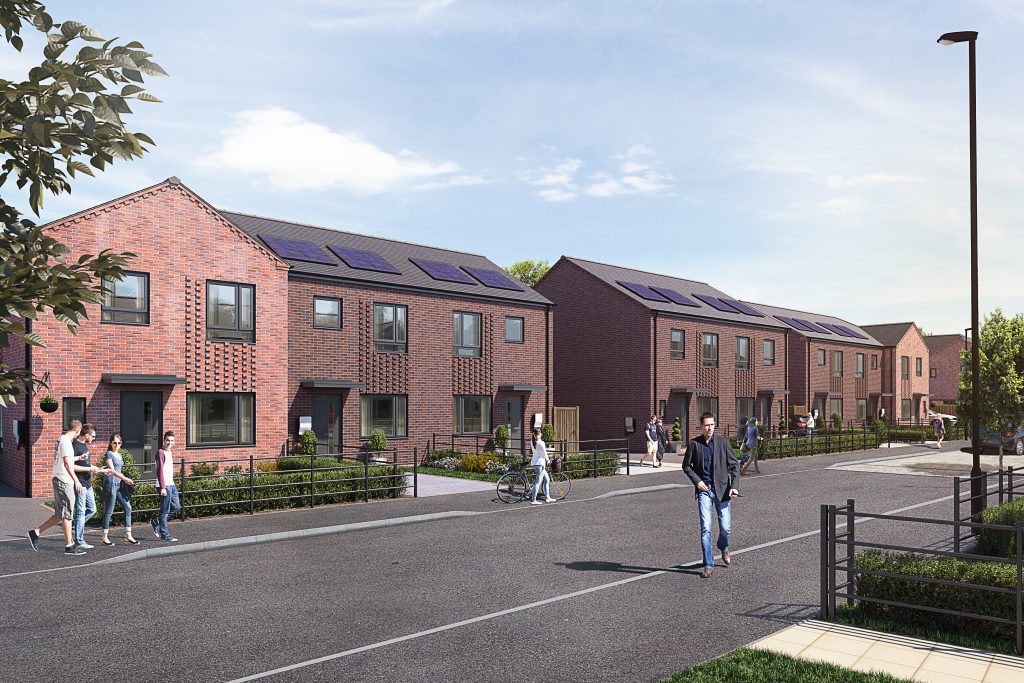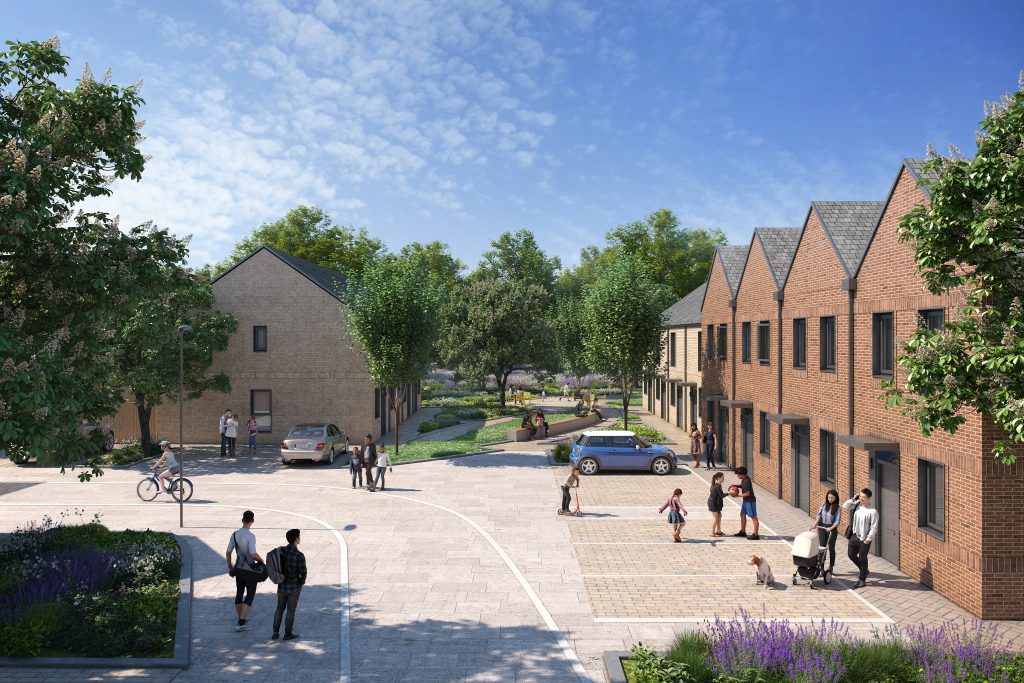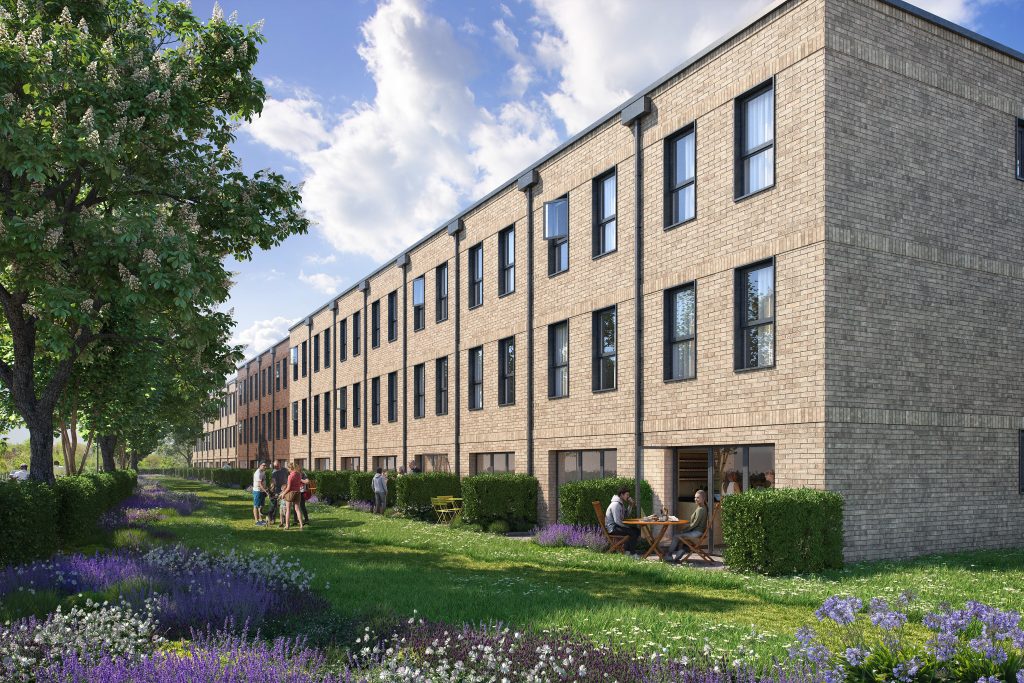The real estate industry is going through a time of unprecedented change, reshaping in response to major shifts such as the global pandemic, the climate crisis and the rise in the cost of living.
These trends are largely behind the evolution in regulatory, economic, investor and occupier demands for BTR developers, who must prioritise the rapidly changing landscape and future proof their buildings to maximise customer satisfaction and investor returns.
As the sector continues to expand, the importance of creating the right product cannot be underestimated.
Keeping abreast of regulatory change
Delivering more, good quality, safe, beautiful and energy-efficient homes is a cornerstone of the UK Government’s strategy for improving the standard of living across the country.
To support it, new policies have been introduced over the last decade to deliver better homes. A new National Design Guide, minimum space standards and upcoming building and fire safety regulations are just some of the directives to consider.
These present multiple design and viability challenges for developers and investors (such as flexible design, density, public vs private space, supply issues, and others) in a backdrop of price increases to land and materials.
The BTR sector will also need to factor in forthcoming policy changes around energy efficiency.
The Future Homes and Buildings Standard is a framework set to determine design parameters, which requires all new residential dwellings built from 2025 to produce 75-80% less carbon emissions than those built under the previous set of regulations.
New schemes will also have to adopt the Fabric Energy Efficiency Standard, now contained in the building regulations, requiring significant improvements to insulation and airtightness.

Godwin Developments’ schemes in Nottingham have been designed with energy efficiency in mind. They incorporate electric heating, PV panels, upgraded insulation and EV chargers, also in compliance with Nottingham City Council’s Low Carbon Strategy
All the requirements above naturally have cost implications. However, both investors and developers would be advised to take the long-term view – one where more spend on the development today will result in higher satisfaction and lower ongoing management and occupational costs, contributing to a more viable scheme in the long run.
Economic challenges create new consumer choices
On top of regulatory drivers, the need to mitigate against economic factors is creating a further impetus to change. Pressures from escalating fuel costs, rising household bills and squeezed disposable incomes are causing a shift in residents’ priorities where renters likely to choose homes with high sustainability credentials and lower energy consumption.
These are possible to achieve through a host of current and emerging modern methods of construction (MMC) and technologies including air source heat pumps and solar panels with storage batteries.
While there are higher costs at the outset, environmentally and energy-efficient schemes are worth pursuing. They are likely to enjoy a more sustained demand from residents who will benefit from lower energy bills and occupational costs while providing better returns for investors.
Sustainable choices don’t stop there. Expectations are for more durable fixtures and fittings in the homes that align with rent levels. Health, sustainability and reduction in spend are prompting many to choose carbon-neutral forms of travel, such as walking, cycling, commuting via public transport and a switch to Electric Vehicles (EVs), shaping the demand for locations and scheme features for every developer.

Godwin Developments’ scheme in Ely, Cambridgeshire, is in a highly accessible location providing residents with ample opportunities for sustainable travel around the city and further afield. The scheme is also highly landscaped and delivers a wide selection of community open space for groups of various ages to meet and socialise.
Investor requirements – the long-term perspective
Alongside residents, investors’ changing requirements are driving developers to re-evaluate scheme design.
Assets and portfolios must increasingly generate long-term, stable returns through an optimised net operational income (NOI). This is practically achieved via controlled operational costs and increased rental income, as well as green investment [check and link] opportunities made possible through sustainable building techniques and design.
To-date, building sustainably has been considered by most primarily as a cost burden; Day One construction costs have been the benchmark, not lifecycle costs.
However, for Build to Rent there is a clear benefit in considering ongoing operational costings (OpEx) by investing at an early stage with higher capital expenditure (CapEx) up front. This can result in lower maintenance and replacement required further down the line leading to reduced OpEx and improved NOI.

Cathedral Green in Ely comprises two and three-bedroom homes which will be delivered via modular construction and will feature air source heat pumps. Increased capital expenditure (CapEx) at the outset will guarantee lower operational costs (OpEx) throughout the lifetime of the development.
Increased capital expenditure (CapEx) at the outset will guarantee lower operational costs (OpEx) throughout the lifetime of the development
Regulatory and Guidance frameworks
- Current regulations including National Design Guide, Fire Safety Regulations
- Future potential regulations including Part F, L&O of the Buildings Regulations covering ventilation and fabric efficiency, The Future Homes and Buildings Standard
Consumer trends
- Energy efficient homes, health and wellbeing features and increased community space
- More public outdoor space, increased private outdoor space, including rooftop gardens
- Increased features promoting sustainable travel (for example bike storage, EV charging, access to public transport)
- Use of sustainable construction, low carbon footprint schemes, recyclable materials
Lower OpEx & improved sustainability design options
- Alternative construction methods (such as MMC), increased insulation and airtightness
- High quality, more durable fixtures and fittings for improved lifecycle costs
- Energy efficient heating systems like air source heat pumps, PV panels, battery storage
- Intelligent energy systems
- Green roofs and walls, grey-water recycling
On the flip side, the improvement of NOI is a function of the residents’ satisfaction with the BTR product, their willingness to take up occupancy and stay for longer, as well as pay a premium for a better home.
To that end, creating the right rental proposition – whether single or multi-family housing – with the right features today and in the future, at the right location is also vital for the investor community. With many consumers becoming more discerning and sophisticated, brand promise and alignment with the actual experience will have a direct impact on rental income, rental security and void periods.
Many BTR developers are also aware of an increasing number of funding partners steering money towards sustainable real estate – not only due to tougher standards, but also thanks to emerging societal and investor pressures to deliver better solutions. As transparency and reporting standards rise, there is a clear opportunity for forward thinking developers to step up and satisfy demand.
Conclusion
With the Government, economy, residents and investors increasingly demanding better and more sustainable homes, developers and the construction industry need to act now to start delivering for these evolving requirements.
A future-focused approach is necessary to avoid asset ‘stranding’ or rendering schemes of sub-standard value in the future because they no longer meet regulations or occupier demands.
Investment in a more sustainable design, including new, featured, technologies and methods of construction are, therefore, risky but necessary to support the long-term viability of new schemes.